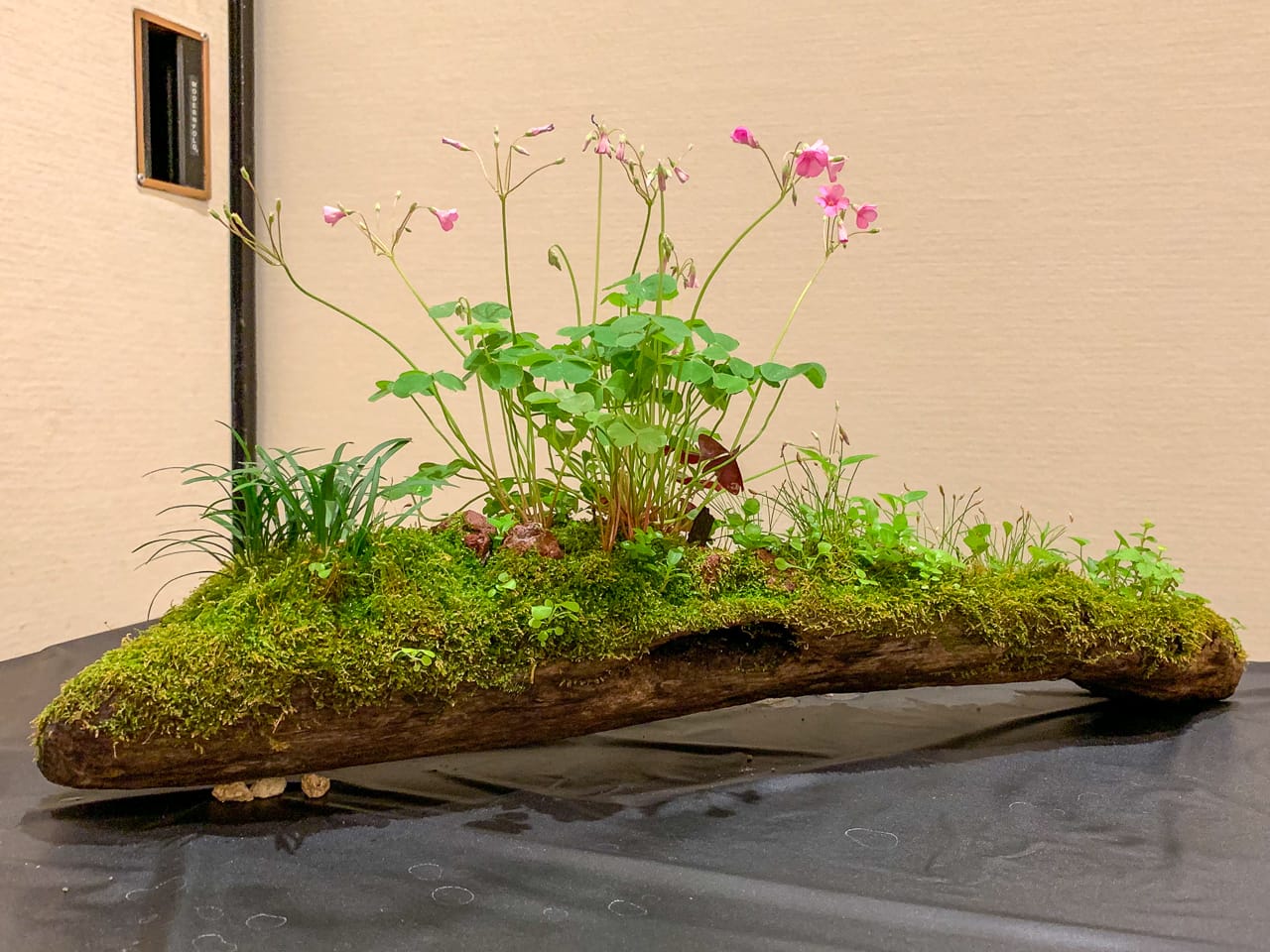When it comes to elevating the aesthetics of your potted arrangements, accent plants take center stage, adding a touch of drama, color, and texture. Discover the art of selecting and caring for these captivating additions to your indoor and outdoor spaces, as we delve into the fascinating world of accent plants for pots.
Accent plants, with their distinct characteristics and diverse forms, bring a burst of visual interest to any pot arrangement. From the petite charm of trailing ivy to the bold foliage of succulents, there’s an accent plant to complement every style and preference. Join us as we explore the key factors to consider when choosing accent plants, ensuring harmony and visual appeal in your potted creations.
Popular Accent Plants for Pots
Accent plants are smaller plants used to add visual interest and contrast to larger plants or arrangements. They are characterized by their unique foliage, vibrant colors, or unusual textures, making them ideal for adding a touch of personality to any pot.
When selecting accent plants for pots, consider the size and shape of the pot, as well as the existing plants in the arrangement. Choose plants that complement the overall design and add a contrasting element.
Popular Accent Plants
- Coleus (Solenostemon scutellarioides): Known for its colorful, variegated foliage in shades of green, red, yellow, and purple.
- Fuchsia (Fuchsia spp.): Produces elegant, bell-shaped flowers in a variety of colors, including pink, purple, red, and white.
- Impatiens (Impatiens walleriana): Features cheerful, trumpet-shaped flowers that bloom profusely in shades of pink, red, orange, and white.
- Lobelia (Lobelia erinus): Forms a trailing habit with tiny, star-shaped flowers in shades of blue, purple, and white.
- Petunia (Petunia spp.): Produces large, funnel-shaped flowers in a wide range of colors, including pink, purple, red, and white.
- Salvia (Salvia spp.): Offers a variety of foliage and flower forms, including upright varieties with colorful spikes of flowers and compact varieties with aromatic leaves.
- Snapdragon (Antirrhinum majus): Produces tall, graceful spikes of flowers in shades of pink, yellow, orange, and white.
- Verbena (Verbena spp.): Forms a low-growing mound with clusters of small, colorful flowers in shades of pink, purple, red, and white.
Using Accent Plants to Enhance Pot Arrangements

Incorporating accent plants into pot arrangements is a clever way to create visually appealing displays. These plants add a touch of color, texture, and contrast to the overall arrangement. By understanding the principles of design and choosing the right accent plants, you can elevate your pot arrangements to the next level.
Principles of Design
The principles of design, such as contrast, balance, and harmony, play a crucial role in using accent plants effectively. Contrast refers to the difference between the accent plant and the main plants in the arrangement. This can be achieved through variations in color, texture, or size. Balance refers to the visual weight of the arrangement, ensuring that the accent plant does not overpower the main plants. Harmony refers to the overall cohesion of the arrangement, where all the elements work together to create a pleasing aesthetic.
Choosing the Right Accent Plants
Selecting the right accent plants for different types of pots and arrangements is essential. For small pots, consider using compact plants with small leaves, such as succulents or miniature ferns. For larger pots, you can opt for taller plants with bolder foliage, such as ornamental grasses or flowering shrubs. The shape and texture of the accent plant should complement the main plants in the arrangement, creating a harmonious and visually appealing display.
Care and Maintenance of Accent Plants in Pots

Accent plants in pots require specific care and maintenance to thrive and enhance the overall aesthetic of your pot arrangements. Understanding their unique needs, such as watering, fertilizing, and pruning, is crucial for their well-being.
Additionally, addressing common problems that may arise when growing accent plants in pots is essential to prevent stunted growth or plant death. Furthermore, ensuring proper drainage is vital to prevent root rot and other issues.
Watering
The watering needs of accent plants in pots vary depending on the plant species, pot size, and environmental conditions. As a general rule, water when the top inch of soil feels dry to the touch. Avoid overwatering, as it can lead to root rot. Allow excess water to drain freely from the drainage holes.
Fertilizing
Fertilize accent plants in pots every two to four weeks during the growing season (spring and summer) using a balanced liquid fertilizer diluted to half strength. Avoid over-fertilizing, as it can burn the plant’s roots.
Pruning, Accent plants for pots
Regular pruning is essential to maintain the shape and size of accent plants in pots. Prune back leggy or overgrown stems to encourage bushier growth. Remove dead or damaged leaves to promote healthy plant development.
Common Problems
Some common problems that may arise when growing accent plants in pots include:
- Root rot: Caused by overwatering or poor drainage. Symptoms include yellowing leaves, stunted growth, and soft, mushy roots.
- Leaf scorch: Caused by too much sunlight or fertilizer. Symptoms include brown or yellow spots on leaves.
- Pests: Aphids, mealybugs, and spider mites are common pests that can infest accent plants in pots. Treat infestations promptly with insecticidal soap or neem oil.
Proper Drainage
Proper drainage is crucial for the health of accent plants in pots. Excess water can lead to root rot and other problems. To ensure proper drainage, choose pots with drainage holes and use a well-draining potting mix. You can also add a layer of gravel or broken pottery to the bottom of the pot to improve drainage.